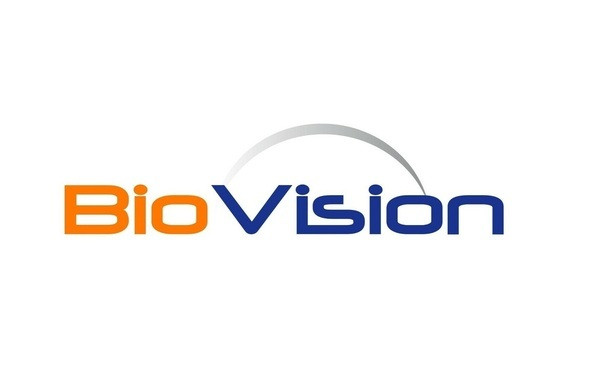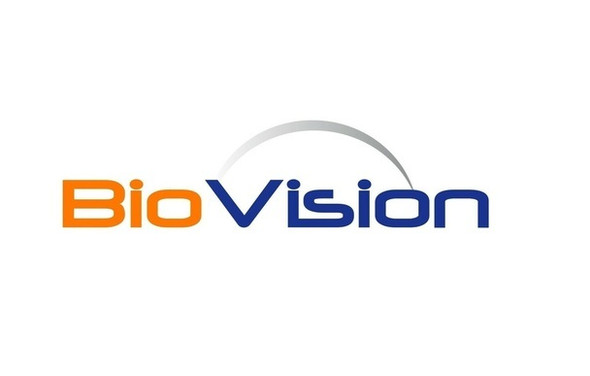Biovision
Human CellExp™ ECE1, Human Recombinant
- SKU:
- 26-P1227
- Availability:
- Usually Shipped in 5 Working Days
- Storage Temperature:
- -20°C
- Shipping Conditions:
- Gel Pack
- Shelf Life:
- 12 months
Description
Biomolecule/Target: ECE1
Synonyms: Endothelin-converting enzyme 1, ECE-1
Alternates names: Endothelin-converting enzyme 1, ECE-1
Taglines: Converts big endothelin-1 to endothelin-1
Taglines: USA
Country of Animal Origin: USA
NCBI Gene ID #.: 1889
NCBI Gene Symbol: ECE1
Gene Source: Human
Accession #: P42892
Recombinant: Yes
Source: HEK 293 cells
Purity by SDS-PAGE #: > 95%
Assay: SDS-PAGE
Purity: N/A
Assay #2: N/A
Endotoxin Level: N/A
Activity (Specifications/test method): N/A
Biological activity: N/A
Results: N/A
Binding Capacity: N/A
Unit Definition: N/A
Molecular Weight: N/A
Concentration: N/A
Appearance: Lyophilized
Physical form description: Lyophilized from a 0.2 μm filtered solution of PBS, pH7.4
Reconstitution Instructions: Reconstitute the lyophilized protein in ddH2O
Background Information: Endothelin-Converting Enzyme-1 (ECE-1) is a single-pass type II transmembrane (TM) protein with a short cytoplasmic tail and a large ectodomain. ECE-1 is a zinc protease of the neprilysin (NEP) family, which also includes ECE-2, PEX, XCE, DINE, and Kell, and several NEP-like proteins. It is widely expressed and has several alternatively spliced forms that differ in their TM domain or cytoplasmic tail. All isoforms of ECE-1 are expressed in umbilical vein endothelial cells, polynuclear neutrophils, fibroblasts, atrium cardiomyocytes and ventricles. Endothelin-converting enzyme-1 is involved in the proteolytic processing of Endothelin-1 (EDN1), Endothelin-2 (EDN2), and Endothelin-3 (EDN3) to biologically active peptides. Defects in ECE1 are a cause of Hirschsprung disease, cardiac defects and autonomic dysfunction (HSCRCDAD). It is a form of Hirschsprung disease with skip-lesions defects, craniofacial abnormalities and other dysmorphic features, and autonomic dysfunction.
Amino acid sequence: HHHHHHHHQYQTRSPSVCLSEACVSVTSSILSSMDPTVDPCHDFFSYACGGWIKANPVPDGHSRWGTFSNLWEHNQAIIKHLLENSTASVSEAERKAQVYYRACMNETRIEELRAKPLMELIERLGGWNITGPWAKDNFQDTLQVVTAHYRTSPFFSVYVSADSKNSNSNVIQVDQSGLGLPSRDYYLNKTENEKVLTGYLNYMVQLGKLLGGGDEEAIRPQMQQILDFETALANITIPQEKRRDEELIYHKVTAAELQTLAPAINWLPFLNTIFYPVEINESEPIVVYDKEYLEQISTLINTTDRCLLNNYMIWNLVRKTSSFLDQRFQDADEKFMEVMYGTKKTCLPRWKFCVSDTENNLGFALGPMFVKATFAEDSKSIATEIILEIKKAFEESLSTLKWMDEETRKSAKEKADAIYNMIGYPNFIMDPKELDKVFNDYTAVPDLYFENAMRFFNFSWRVTADQLRKAPNRDQWSMTPPMVNAYYSPTKNEIVFPAGILQAPFYTRSSPKALNFGGIGVVVGHELTHAFDDQGREYDKDGNLRPWWKNSSVEAFKRQTECMVEQYSNYSVNGEPVNGRHTLGENIADNGGLKAAYRAYQNWVKKNGAEHSLPTLGLTNNQLFFLGFAQVWCSVRTPESSHEGLITDPHSPSRFRVIGSLSNSKEFSEHFRCPPGSPMNPPHKCEVW
Handling: Centrifuge the vial prior to opening.
Usage: For Research Use Only! Not to be used in humans






